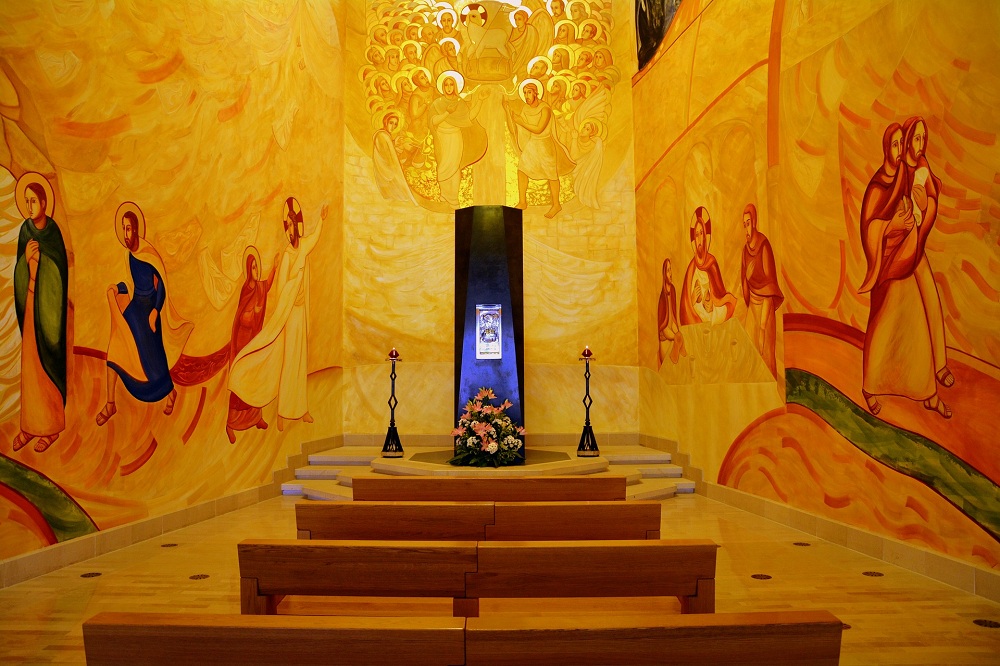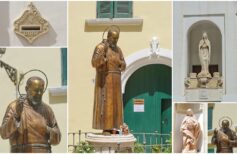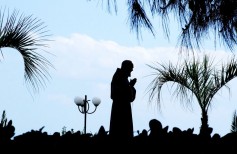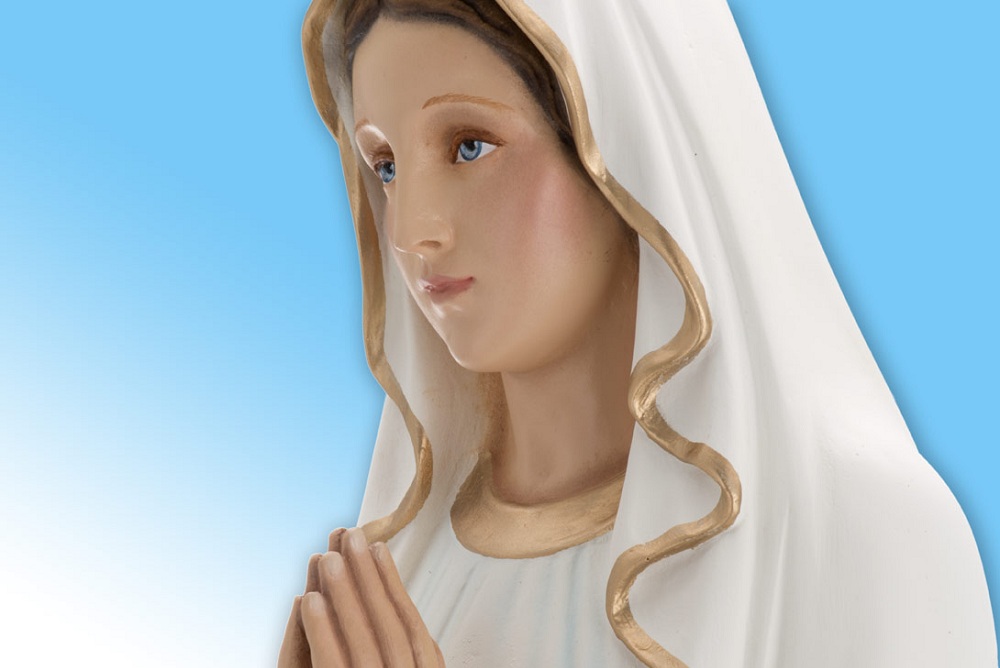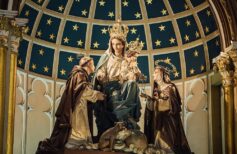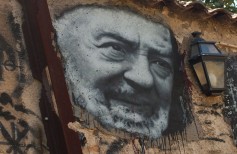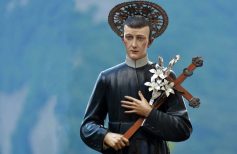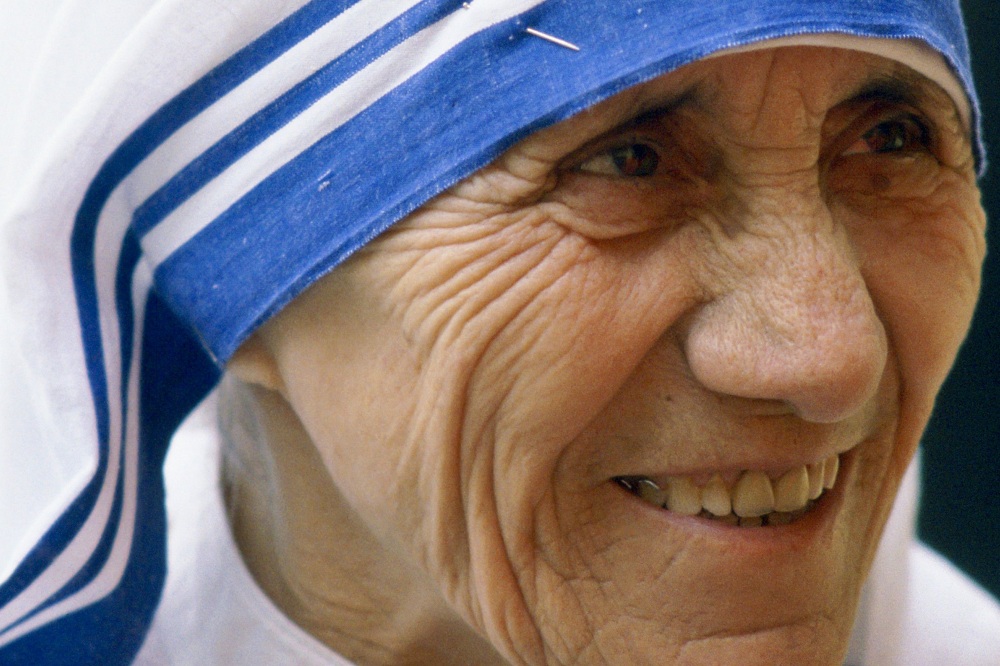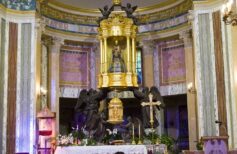What drives thousands of people to visit the Shrine of Padre Pio in San Giovanni Rotondo every year? Let’s get to know one of the most famous pilgrimage sites in the world better.
Padre Pio da Pietrelcina is probably one of the most emblematic figures in the history of modern Christianity. The devotion reserved for him, even when he was still alive, assumed impressive dimensions after his death. Thanks to his fame as a thaumaturge, who went beyond his bodily death, pushing thousands of suffering people to visit every year the places that have seen him live and practice, first of all, the Sanctuary erected in San Giovanni Rotondo, in the province of Foggia, to whom this study is dedicated.
We have already spoken of Padre Pio on many occasions, dedicating articles to him that have tried to deepen various aspects of his surprising human and spiritual parable. In particular, in the article on Padre Pio and the order of the Capuchin Friars Minor we retraced the human and spiritual adventure of this man born and lived between two centuries, from his precocious religious vocation, favoured by the profound devotion of his mother, at the priestly service that began at the age of 23, at the visions and the stigmata, which the Friar received right in San Giovanni Rotondo, in the convent where Jesus himself had suggested that he stop, to take care of his frail health. The convent that once stood here and which housed the future saint became since then a destination for pilgrimages from all over the world, not only by the faithful and the sick but even by politicians and royalty from all over Europe. After the Second World War, a real ‘cult of the living saint’ will develop around the convent and the figure of Padre Pio, which has never stopped, and which following his death in 1968 and his canonization in 1999 and beatification in 2002 it increased more and more.

Padre Pio and the Order of Friars Minor Capuchin
What makes Padre Pio, known today as Saint Pio from Pietralcina, such an adored and celebrated figure since he was still alive, and yet so discussed?…
In another article, Padre Pio and his favourite prayer, we focused on the prayer that Padre Pio recited for those who turned to him in search of comfort and help, that is a Novena to the Sacred Heart of Jesus composed by Saint Margaret Mary Alacoque, French nun and mystic who lived in the 17th century.
In both cases, what was important for us to underline, beyond the human story, not without shadows and contradictions, of the Friar of Pietrelcina, is the spiritual power of this apparently meek and quiet man, who knew how to ignite souls with religious fervour and soothe the most tormented spirit with a few words, with his simple gaze. Like all the Capuchin Friars, Padre Pio chose to dedicate his life to contemplation and prayer, without this escaping contact with people, on the contrary, making his presence within the social fabric, close to people’s problems, his mission. A life marked by poverty, obedience and chastity, but also dominated by a profound empathy and the ability to get in touch with people, to speak to each one in the most easily understood and accessible language. Friars of the people, friars of the world, the Capuchins.

Padre Pio and his favorite prayer
Padre Pio is a figure that was controversial and debated in the Catholic Church sphere for a long time. Even after his canonization on June 16th 2002…
What is a Shrine
Once again just open the dictionary to get a rough answer to this question. It states that the sanctuary is a ” place that has acquired a sacred character due to the manifestation or presence in it of the divinity, or because it is connected to events and phenomena considered supernatural; in the ancient Jewish religion, the innermost and most sacred part of the temple, i.e. the sancta sanctorum; in the Christian tradition, a place of devotion linked to divine events or manifestations of the Madonna, saints and martyrs; also, part of the church where relics or miraculous images are kept, which therefore is the object of particular veneration and pilgrimage destination. “
There are many famous sanctuaries in Italy and the world places full of mysticism and hope, which every year attract pilgrims from all over.
As far as Italy is concerned, it would be really difficult to identify a criterion that defines which and how many are the most important sanctuaries. There are many, scattered throughout the regions, from the Marian sanctuary of Loreto, which would house the remains of the house of Mary of Nazareth, brought down there by the angels, to the sanctuary of Pompeii, dedicated to the Blessed Virgin of the Rosary, from the church of Monte Berico, theatre of apparitions of the Madonna in 1426 and 1428, at the Sanctuary of Montesantangelo, in the province of Foggia, the only sanctuary in the world not to have been consecrated by man, but directly by the Archangel Michael, just to name a few.
As for the rest of the world, we will mention only some of the most famous and visited Marian shrines, true landmarks of popular devotion through the centuries. We think of the Shrine of Our Lady of Lourdes, in France, that of Our Lady of Fátima, in Portugal, the Shrine of Our Lady of Guadalupe, in Mexico City, to which we dedicated a recent article.

Basilica of Our Lady of Guadalupe in Mexico City
The Basilica of Our Lady of Guadalupe is dedicated to Our Lady of Guadalupe, protector of all Spanish-speaking people and…
The Shrine of Padre Pio in San Giovanni Rotondo
But let’s come to the Shrine of Padre Pio in San Giovanni Rotondo. It stands on the mount of San Giovanni Rotondo, on the spur of the Gargano, in Puglia, not far from the convent where Padre Pio lived and worked for a good part of his life. It is one of the largest churches in Italy and was built almost entirely thanks to donations and bequests from the faithful. Begun in 1994, it was inaugurated on 1 July 2004.
The building, designed by the architect Renzo Piano has the shape of a giant shell that develops in a spiral starting from the large central pillar, according to perfect geometric proportions. The structure is situated on two floors: the lower one is divided into segments of 10° each, and mainly houses the conference rooms, the reception rooms for pilgrims and the service areas. The upper floor is made up of three distinct areas: the liturgical hall, divided into three large semicircular naves supported by 21 arches that converge towards the central pillar; the Eucharist chapel and the sacristy. Two large arches placed side by side greet the arrival of pilgrims to the church. One houses a colourful stained glass window that recalls the medieval French tapestry of Angers and tells the Apocalypse of St. John in 84 panels. The other, smaller, is the actual entrance.

The entire structure is built in Apricena stone, a limestone that is quarried in Puglia on the slopes of the Gargano. In addition to the construction of the arches, pillars and load-bearing structures, the Apricena stone also constitutes the liturgical furnishings and flooring.
The large churchyard, connected to the church by the huge stained glass window with scenes from the Apocalypse, and the driveway are an integral part of the architectural complex. The churchyard is triangular and is bordered by the original horizontal bell tower, a wall with 12 bells and decorated with 8 eagles with open wings, ready to take flight towards the Church, as well as by a clump of 24 olive trees. 12 trapezoidal stone basins channel the water to a large octagonal baptismal font. The churchyard is also equipped with a large movable altar for outdoor celebrations. The Apricena stone paving of the churchyard slopes gently towards the church. The entire outdoor area measures 8,000 m² and in addition to the olive trees mentioned above is embellished by many other trees and bushes: cypresses, pines, strawberry trees, myrtle bushes, lavender, ivy. A large cross in Apricena stone rises overlooking the Gargano.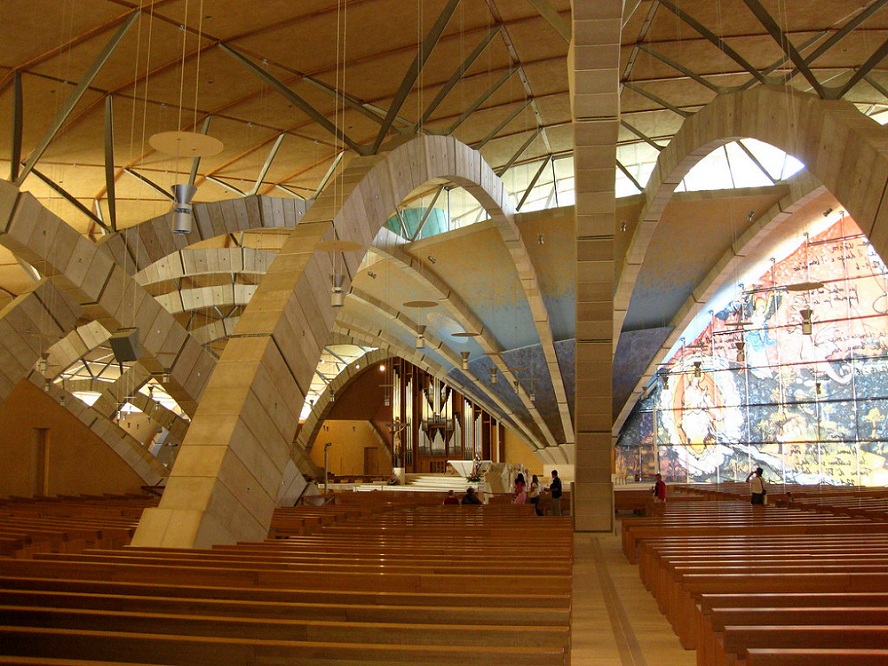
At first glance, the church has an imposing double roof made with wood and pre-oxidised copper plates. The lower roof is a wooden cap, which covers the entire structure, while a second layer of laminated wood covered with pre-oxidised copper forms nine overlapping layers. The structure appears very large inside, but in reality, it is only 16 metres high, and this low height, combined with the pre-oxidised copper plates, allow it not to be too invasive for the landscape, pleasantly conforming to it.
Liturgical furnishings made by some of the greatest contemporary Italian artists decorate the interior. To name just a few, there are works by Arnaldo Pomodoro, Giuliano Vangi and Floriano Bodini, authors respectively of the altar and the bronze cross, the ambo and the large octagonal tabernacle.
Finally, a flight of stairs leads to the crypt, which houses the remains of the saint, and is decorated with mosaics by Marco Ivano Rupnik.
23 September
On 23 September, the anniversary of the death of Padre Pio of Pietrelcina, the saint is celebrated with solemn ceremonies and commemorations. Preparatory novenas and prayer vigils are often also organised in the rooms on the lower floor of the Sanctuary of San Giovanni Rotondo. The Capuchin Friars also organise processions during which the relic of the Saint’s body is carried to the churchyard of the sanctuary and into the church so that pilgrims can express their devotion to it.

